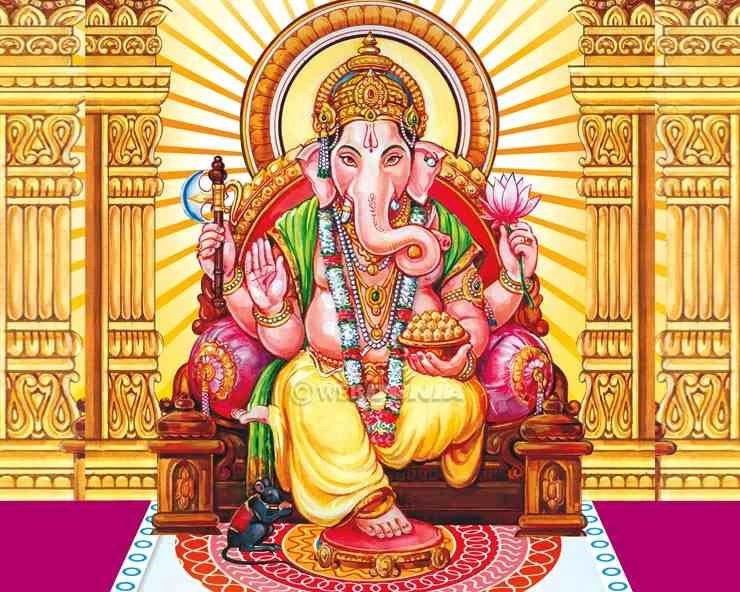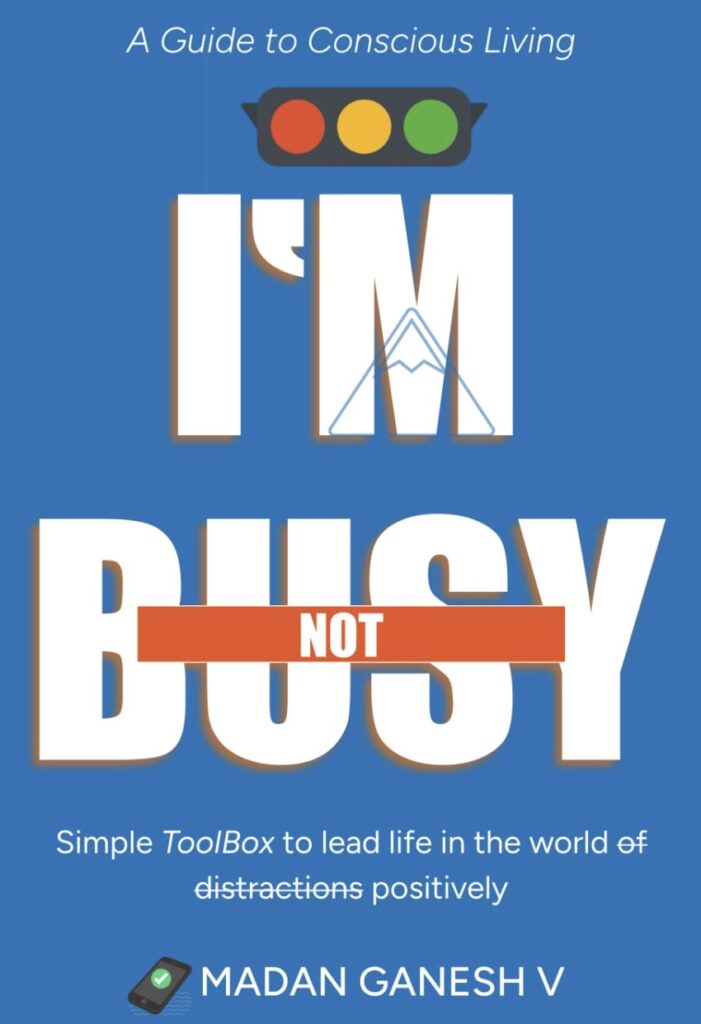When is your birthday? Do you celebrate it based on the calendar date or your star sign?
In Hindu tradition, a person’s star (nakshatra) at birth plays a significant role. While many celebrate birthdays based on the calendar date, traditional Hindu celebrations often align with the star sign during that month. This is why festivals like Ganesha Chaturthi are celebrated not on a fixed date but according to the lunar calendar.
Why Visit a Ganesha Temple on Your Birthday?
On your last birthday, did you visit a temple? What was your prayer? There’s a reason why elders suggest visiting a Ganesha temple on special occasions like birthdays.
Lord Ganesha, the beloved deity with the elephant head, is the Lord of Obstacles (Vighnaharta). He governs our karmas, placing obstacles to guide us toward righteousness (dharma) and removing them to help us grow. Worshiping Ganesha ensures divine blessings for success, peace, and a spiritually aligned life.
My Journey with Ganesha Puja
I learned the basics of performing a simple puja at home from my grandparents and parents. My grandfather and grandmother would perform elaborate pujas during festivals like Pongal and New Moon days.
These occasions were family gatherings filled with joy. I fondly remember the friendly squabbles over who would get the first sip of coconut water! Meals served on banana leaves were a highlight—delicious and medicinal, featuring banana stem, spinach, and other wholesome dishes. My grandparents always said, “Food is medicine, and medicine is food.”
A Simple Ganesha Puja
Here’s what a simple Ganesha puja involves:
- Lighting a Diya (oil lamp)
- Offering Water and Fruit
- Showing Incense
- Performing Aarti with a bell
- Singing a Song or Chanting a Mantra
On special occasions, we’d decorate the deity, offer thamboolam (a combination of coconut, fruits, betel leaves, and areca nut), and prepare cooked food as offerings. As a child, these simple rituals felt both sufficient and profound.
Elaborate Puja and Learning from My Guru
For detailed rituals, priests were often invited to perform Homas (fire rituals) or special Ganesha pujas. At temples, the acharyas would perform elaborate archanas (offerings).
For a long time, I believed only trained priests could conduct these detailed rituals. However, my guru taught me that anyone can perform a Ganesha puja with the right understanding. No special initiation is required—it’s a practice open to all.
When I took vows under the Kailasa Guru Parampara, I learned how to perform a detailed Ganesha puja at home. The steps are beautifully outlined in our monastery’s guide, which you can explore here:
Learn the Ganesha Puja
The Deeper Purpose of Ganesha Puja
Before starting any new project, it’s essential to seek Lord Ganesha’s blessings for success. Beyond material gains, the true purpose of a Ganesha puja is to help us transcend the lower chakras associated with emotions like:
- Fear
- Jealousy
- Lust
- Selfishness
- Anger
Through Ganesha’s grace, we can rise above the Muladhara chakra (root chakra), lifting our consciousness and aligning with higher spiritual energies.
Closing Thoughts
Ganesha puja is more than a ritual; it’s a gateway to spiritual growth and inner harmony. Whether simple or elaborate, the intention behind the worship matters most. Start your journey today—invoke Lord Ganesha’s blessings, and let him guide you toward a path of wisdom, strength, and success.







